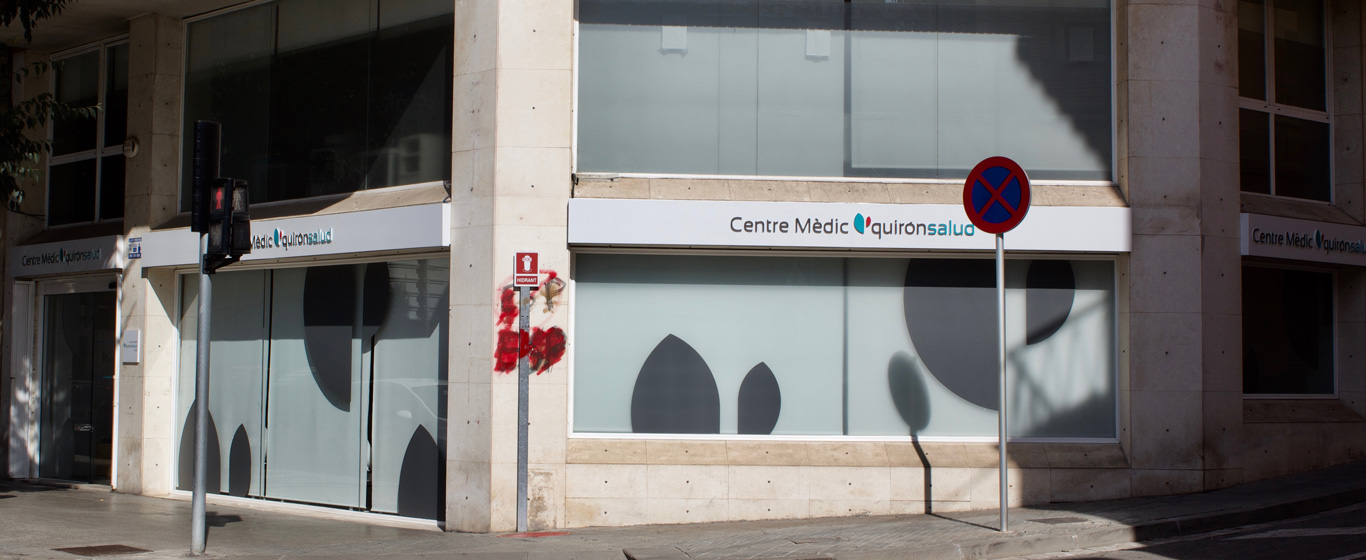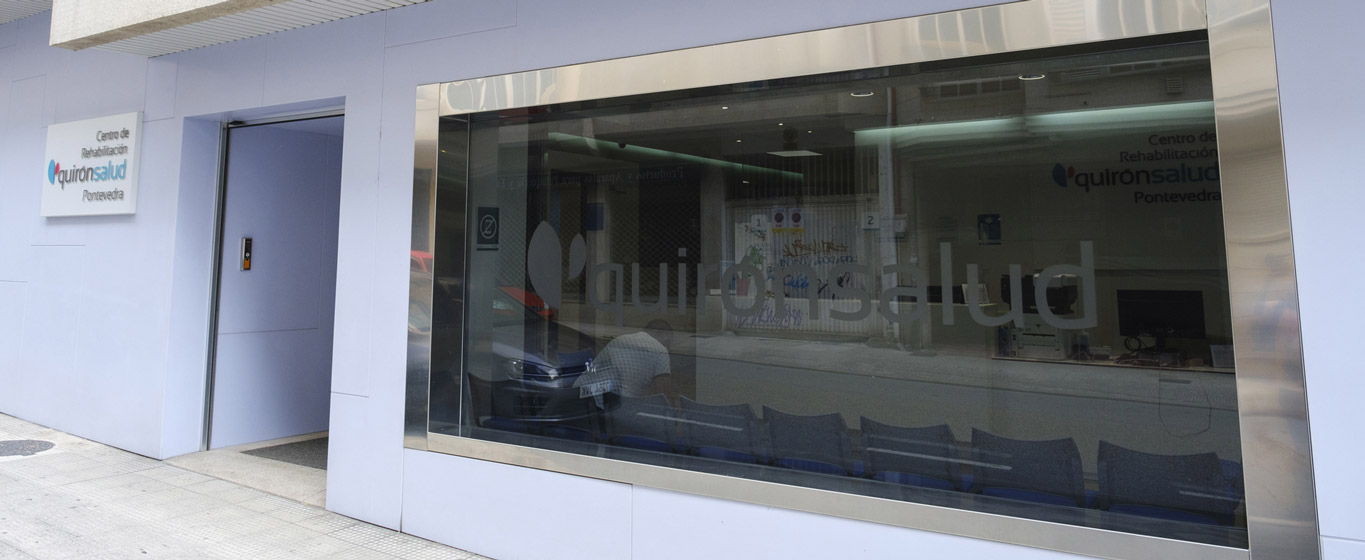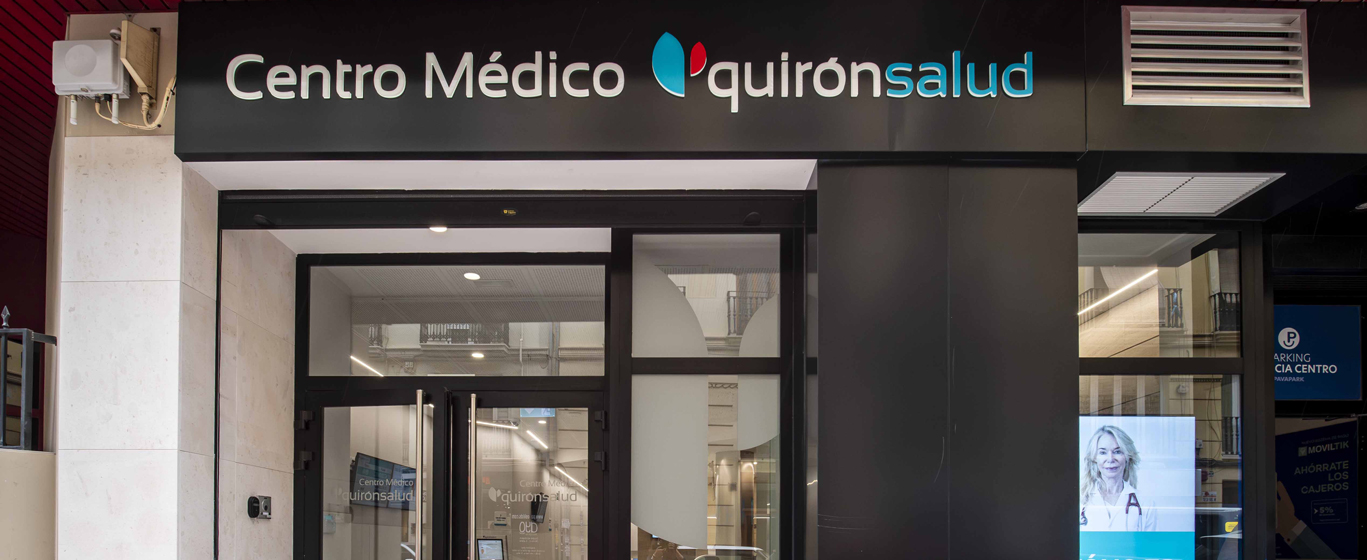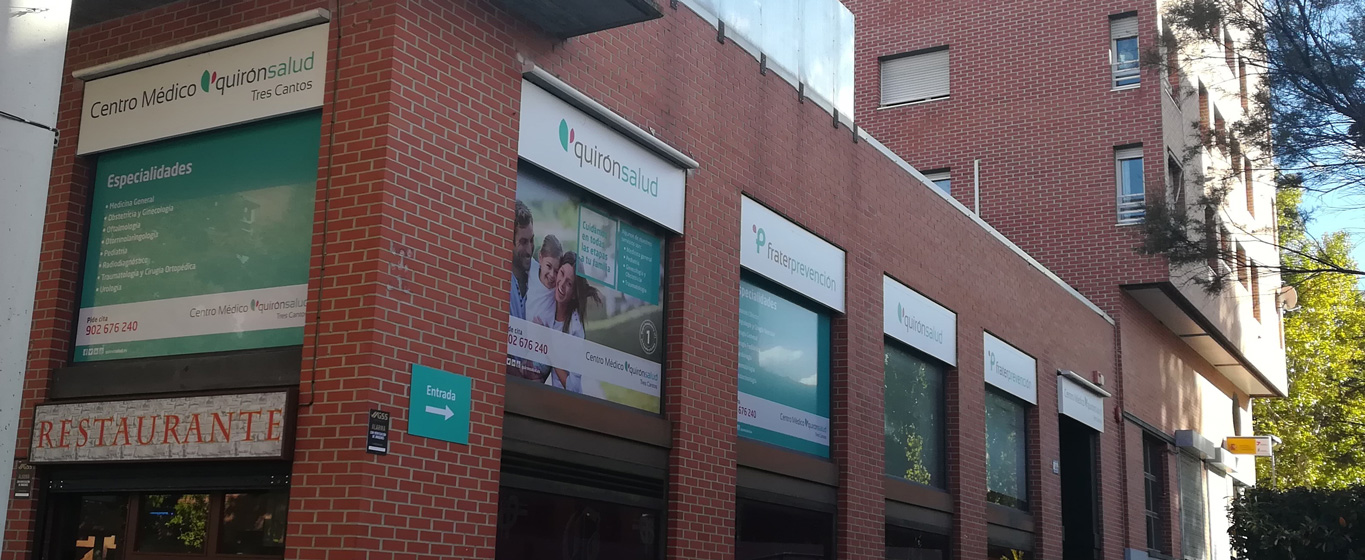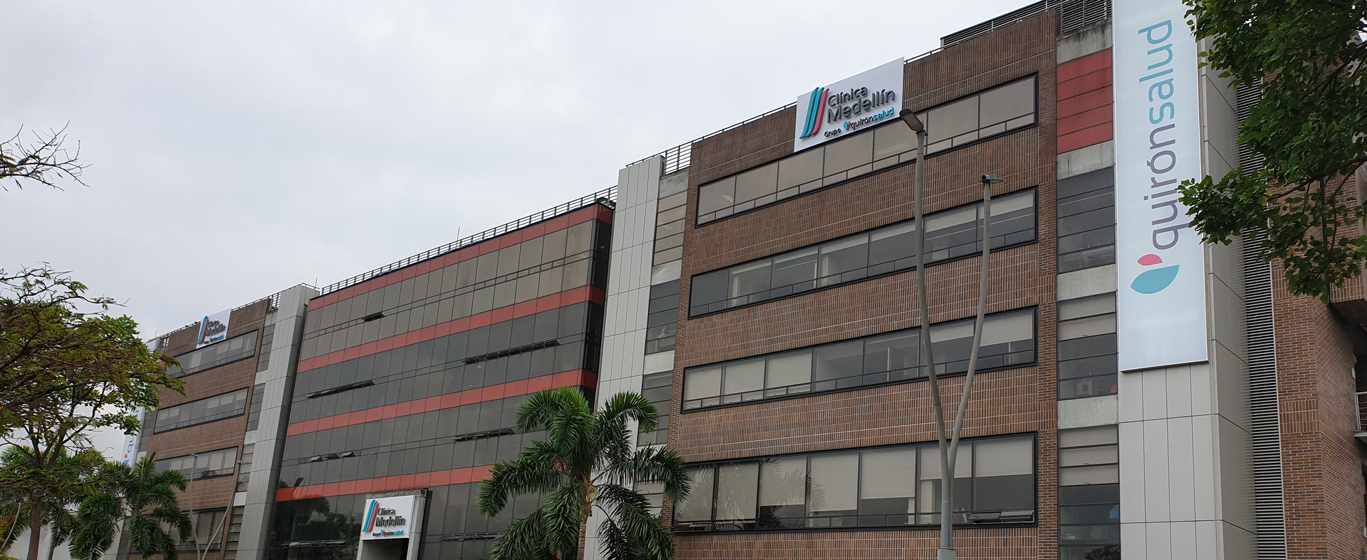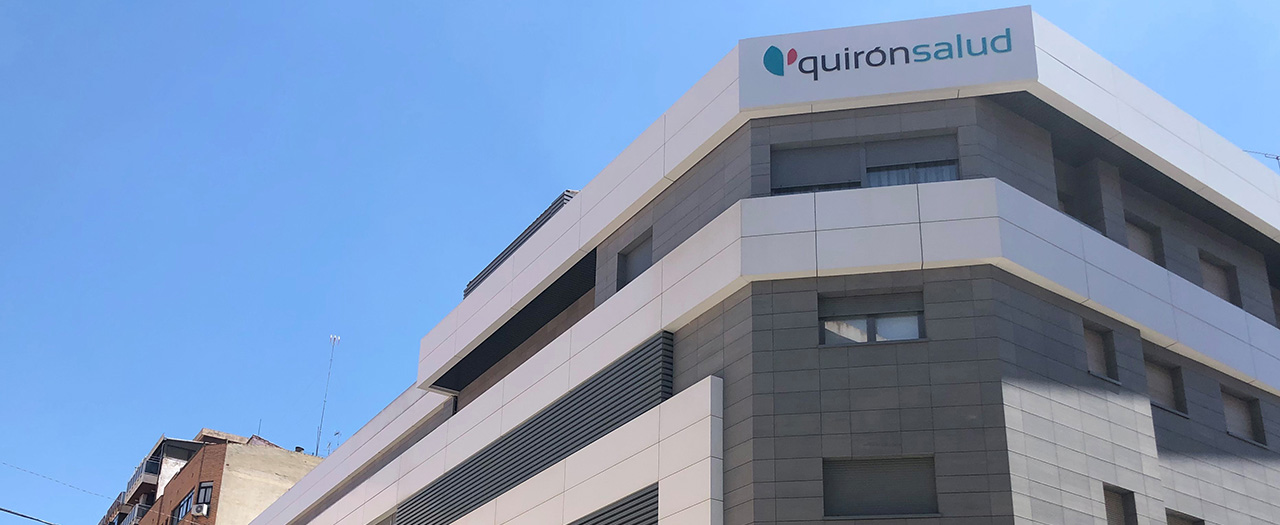Ankyloglossia
What effects does a short lingual frenulum have? All the information on the causes, symptoms, and the most suitable treatments for ankyloglossia.
Symptoms and Causes
Ankyloglossia is a congenital condition present from birth. It occurs when the membrane that connects the tongue to the floor of the mouth (the frenulum) is too short, which is why it is also known as tongue-tie. This anomaly restricts tongue movement, leading to difficulties in breastfeeding, speaking, chewing, or swallowing, although not all children exhibit symptoms.
Considering that the normal range for a sublingual frenulum is over 16 millimeters, ankyloglossia is classified into four types based on its length:
- Type 1 frenulum: between 12 and 16 millimeters.
- Type 2 frenulum: between 8 and 10 millimeters.
- Type 3 frenulum: between 3 and 7 millimeters.
- Type 4 frenulum: less than 3 millimeters.
Additionally, depending on the location where the frenulum is attached, ankyloglossia is categorized into two types:
- Anterior frenulum: The attachment to the oral cavity is at the tip of the tongue. When babies cry, their tongue takes on a heart shape or lowers slightly.
- Posterior frenulum: It is not visible to the naked eye, as it is covered by mucosal tissue that almost entirely anchors the tongue to the floor of the mouth.
The treatment for a short lingual frenulum depends on the characteristics of each patient and how it affects their daily life. When necessary, surgery is performed to allow the tongue to move normally.
Symptoms
The symptoms of ankyloglossia include:
- Difficulty lifting the tongue or moving it sideways.
- Problems sticking the tongue out of the mouth.
- When the tongue is extended, it takes on a heart shape.
These symptoms are difficult to detect in newborns, so it is advisable to see a doctor if the baby has trouble breastfeeding, becomes irritable after eating, or fails to gain weight.
Causes
Ankyloglossia occurs due to an excess of fibrotic tissue in the lingual frenulum, which becomes shorter and thicker than usual.
Risk Factors
Most children inherit ankyloglossia from one of their parents, making genetics a highly relevant factor in the development of this condition.
Complications
Having a short lingual frenulum often causes:
- Feeding difficulties, leading to trouble gaining weight.
- Mastitis or cracked nipples in the mother.
- Difficulty pronouncing certain sounds like [t], [r], or [s].
- Mouth breathing, which may cause sleep apnea or affect the development of the oral structure.
- Poor oral hygiene, as it is difficult to move the tongue to clean the teeth.
- Inability to use orthodontic appliances when needed.
- Social or psychological adaptation problems due to the inability to perform certain actions such as sticking out the tongue, playing wind instruments, or licking foods like ice cream.
Prevention
Ankyloglossia cannot be prevented.
Which doctor treats ankyloglossia?
Ankyloglossia is diagnosed and treated by specialists in otolaryngology and pediatric surgery. In some cases, collaboration with specialists in rehabilitation, speech therapy, and dentistry may be necessary.
Diagnosis
The diagnosis of ankyloglossia is simple, as it is detected through a physical examination of the mouth and tongue.
Treatment
The treatment for ankyloglossia varies depending on the symptoms each patient presents.
Some babies with a short lingual frenulum feed adequately and, as they grow, do not experience significant issues in their daily activities. In these cases, lactation counseling sessions, speech therapy, and regular follow-ups are usually recommended.
When newborns have difficulty breastfeeding or when children begin to experience speech or functional issues, surgery is considered. There are two types of surgical procedures:
- Frenotomy: The frenulum is cut to allow free tongue movement. This procedure rarely causes complications since the area has few nerve endings and blood vessels. In babies, it can be performed in the doctor’s office without anesthesia, while children and adults typically require general anesthesia for the procedure.
- Frenuloplasty: This is a more complex surgical procedure in which, in addition to cutting the lingual frenulum, necessary areas are reconstructed to ensure the tongue's proper function. It is usually accompanied by myofunctional therapy to rehabilitate the muscles.






